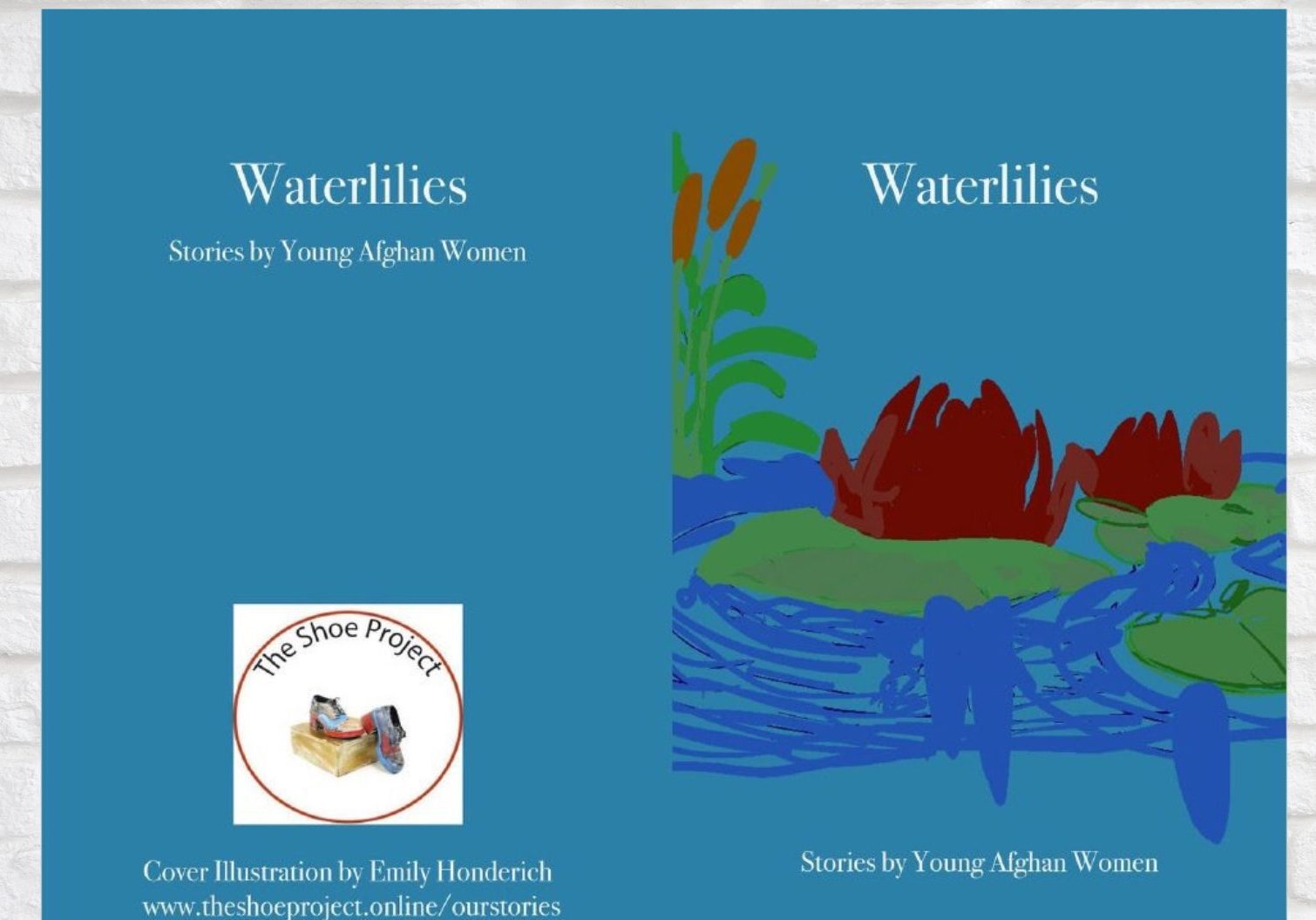Crossing the Border
Crossing the Border
Sumaya Hosseini
Summary:
When Afghanistan falls to the Taliban, Sumaya, an “unaccompanied” Afghan girl (meaning one travelling without a close male relative), decides to leave her homeland to save her family and fulfill her dreams. How can she cross the border without a visa? And once she is outside the country, how can she rescue her family?
Story:
My mother, my little sister and I were in danger. My father had passed away. Kabul was no longer a safe place—especially for those women and girls without any close male relative (mahram). We decided to leave, but how? We had no choice but to cross the Spin Boldak border. The only way there was by bus.
When the final decision was made, we chose to take only a few things with us because anything could happen. I picked a pair of white and green sneakers that I had bought a month before. They were the newest sneakers I had and also the most comfortable ones. I wanted to be relaxed during my journey into the unknown.
We travelled on the 303 bus. It was a big bus for trips between cities across the country. We left Kabul at around 4:00. We feared what would happen on the way to the border. Could we reach a safe place? What if the Taliban didn’t let us go? What if they took one of us?
After reaching Kandahar, around 5:00 or 6:00, we got out of the bus and walked toward the Spin Boldak border. Our route was a dirty and dry road. When I glanced at my shoes, I could not believe they were my new sneakers, but I wasn’t in a position to pay too much attention to them.
The first time we thought that we would cross the border, but no, we were rejected. The second time we tried, the door was locked for one hour and the guards told me, “We know you are Hazara.” We were masked with hijabs. I don’t know how they knew, but again they rejected us.
I said, “Please, let us cross.” Finally, they allowed me to cross, but they said no to my mother and sister. I held my little sister by the hand and said, “I cannot go alone. My mother is sick. I want to take her to the doctor.” After they realized that I spoke Urdu very well, and after many requests, they granted permission to all of us.
Actually, I learned Urdu by watching TV serials! I was able to tell them in their own language that my mother had pain in her back and knees. That seemed to help.
After a while, the news came that we should join our other groups in Islamabad. On my trip there, I had the same sneakers with me again. I like them very much. They have been with me for almost eight months now. I would like my shoes to be somewhere better in the future. By repairing them with Elfy glue and washing them, I made my sneakers look new again. I love these shoes because I was relaxed and comfy with them on throughout my journey here. But whenever I tell my story, I feel sad. It has been five weeks since I took my mother to the hospital. She walks with a cane now. She is still in pain.
Right now, we have an uncertain future. We don’t know what to do. We have so many plans and aims, but we can’t fulfill them. I want my shoes to be with me because they remind me of my past, my good and bad days. Our elders always say that those who forgot their past will not have a good future. That’s why I don’t want to forget my past. Those difficult days made me strong. They have helped me work hard for my future and for my people and to become the woman I want to be.

Sumaya Hosseini is from Bamyan, Afghanistan. In Kabul, she was a sophomore in the law faculty of Avicenna University and a teacher at a training centre. With the collapse of the republic, Sumaya fled to Pakistan with her mother and sister. They are still there and hope for a bright future.
Portrait: Betsy Rosenwald with Sumaya Hosseini
Sumaya
Acrylic gouache, sumi ink, Posca marker on cardboard
Calligraphy: Sumaya Hosseini
2023
Size: 20.5” x 18”
“I began my portrait of Sumaya using a photo she emailed to me. It was darkly lit, with her face in shadows. It spoke to me of the darkness she left behind when she was forced to flee Kabul with her mother and sister on a moment’s notice.
She told me stories of having to burn the photos and uniform of her father, who had been in the Afghani army in case the Taliban searched the house. They also buried her schoolbooks—she was in her second year of university, studying law.
She boarded a local bus to the Pakistan border with her mother and younger sister. Though she was masked and covered with a hijab from head to toe, the guard recognized her as Hazara, a persecuted ethnic group in both Afghanistan and Pakistan. After being turned away three times, the guards finally let them through after Sumaya told them she was taking her mother for medical treatment in Pakistan.
When they crossed the border, Sumaya told her mother and sister: “You have two legs of your own, borrow two more so you can run faster.”
We decided together that she would write that at the top of the portrait. At the bottom is Food Work Freedom written over the colours of the Afghani flag, a rallying cry for women fighting for their rights in Afghanistan.”





